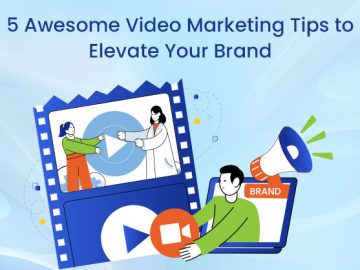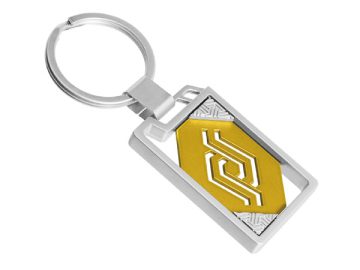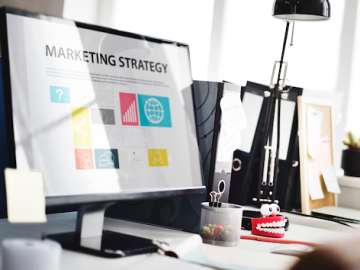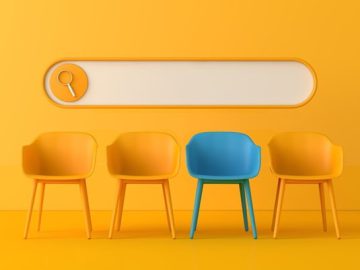Mumbai: As the beauty industry pivots to personalization, L’Oréal, the global cosmetics leader with annual revenue exceeding $40 billion, recognizes the critical role of marketing. As the fourth-largest advertiser worldwide, the French multinational allocates around 32% of its net sales to advertising and promotions, according to Asmita Dubey, L’Oréal’s global chief digital and marketing officer. In an interview with Mint, Dubey discussed the evolving landscape of beauty marketing, sharing insights into L’Oréal’s extensive influencer strategy, the role of artificial intelligence (AI) in product development and consumer engagement, and how the brand remains culturally relevant across 150-plus countries. Sustainability and digital transformation are central to L’Oréal’s mission to make beauty more accessible, inclusive, and personal. Edited excerpts:
L’Oréal works with a vast network of influencers. How has this strategy evolved to engage younger audiences like Gen Z?
We collaborate with over 60,000 influencers worldwide, spanning all age groups. For Gen Z, in particular, authenticity is critical. They value reviews and peer-to-peer recommendations. When working with influencers, we give them our brand codes but encourage them to express beauty in their own unique way. Last year, we achieved a 28-29% share of influence across the beauty sector, which speaks to the success of this approach.
Also read | L’Oréal India seeks to amp up its online play, aims to become €1 bn business
The messaging in beauty marketing has shifted significantly. How has this evolution impacted your strategy?
Messaging has indeed evolved. It’s now about being in tune with cultural cues and the intersection of consumer expectations and technology. The brand has shifted from the era of 30-second TV commercials to today’s digital-first approach, where consumers have more power than ever to engage directly with brands. However, while technology and platforms change, the core of our brands remains the same. For instance, Maybelline will always reflect New York confidence and inclusivity, and L’Oréal Paris will continue championing women’s empowerment.
With a presence in over 150 countries, how do you adapt the global brands to local markets?
That’s a great question. Each market has its own cultural nuances. For example, Maybelline’s brand values of confidence and inclusivity resonate globally, but how we express these values in India, for example, during Diwali, differs from how we do it in Dubai during Ramadan. Our brand ambassadors, like Suhana Khan in India and Peggy Gou globally, help localize our messaging while maintaining a universal appeal. This adaptability, combined with a deep understanding of local cultures, makes our global brands relatable everywhere.
The same technology that engages Gen Z is used to reach boomers efficiently, through AI-powered media and performance marketing.
Gen Z is a significant focus, but how do you balance marketing across age groups, especially with older consumers?
We are committed to beauty for all ages. By 2030, we expect to welcome 600 million more consumers, including 200 million boomers. We cater to everyone—from Gen Z to boomers—across 37 global brands, offering tailored products and campaigns. The same technology that engages Gen Z is used to reach boomers efficiently, through AI-powered media and performance marketing.
Could you elaborate on your sustainability goals and challenges?
Sustainability is at the heart of our strategy. Our “L’Oréal for the Future” programme focuses on both environmental and social responsibility. We aim to achieve 100% renewable energy in our operations, and in India, we reached that milestone ahead of our 2025 target. Brands like Garnier are leading the way with green beauty initiatives, including waterless shampoos and refillable products. Additionally, we’re reducing CO2 emissions in digital advertising with tools like Impact+.
How is AI transforming your marketing and product development?
AI is a game-changer for us. In marketing, we use AI to optimize consumer engagement and content creation. For instance, our new AI-powered tool, the “Beauty Genius,” offers personalized beauty advice and product recommendations, enhancing the consumer experience. In product development, AI helps us formulate products suited for diverse skin and hair types by analyzing global data. This fusion of AI and beauty allows us to offer personalized services, like virtual try-ons and skin diagnosis tools.
Also read | Youth-focused cosmetics brands are shining, but loyalty remains a challenge
With the rise of DTC (direct-to-consumer) brands and the shift towards Ayurveda in beauty products, how is L’Oréal responding to these trends?
We keep a close eye on these trends. While we respect natural and ayurvedic approaches, our focus remains on research and innovation through green sciences. For instance, we carefully study local skin types and conditions before launching products like CeraVe in India. Our strength lies in balancing advanced science with local relevance, ensuring that our products are effective and suitable for different markets.
As a marketing leader, what advice would you give brands on balancing short-term performance with long-term brand building?
It’s crucial to strike a balance between short-term ROI (return on investment) and long-term brand building. Both are important, but the key is to have clear objectives for each. New-age marketers must combine data-driven decision-making with creativity. At L’Oréal, we use insights from 15,000 campaigns to refine our strategies, and this approach allows us to stay innovative while maintaining brand equity.




